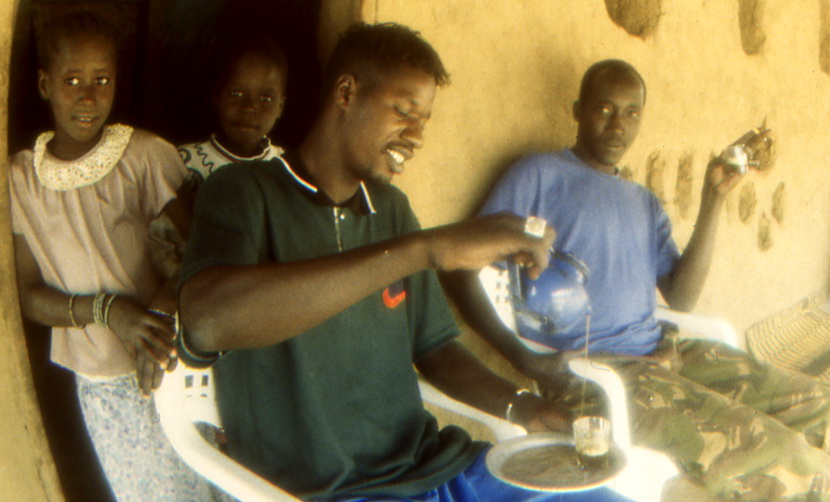Learn About Ataya, The Senegalese Tea Ceremony
Ataya: Senegalese Tea Ceremony
From China and Japan to the UK and Morocco, one commonality among cultures that appreciate tea is that it is drunk at any and all times of the day. Senegal is no exception. Made with Chinese green tea, mint, and sugar, ataya (or attaya) is a central part of Senegalese daily life across the country.
However, there is a lot more to it than simply boiling water and pouring it over some tea leaves. With three separate stages, the ataya ceremony can last up to three hours. Rather than simply providing refreshment, ataya is about spending valuable time catching up with relatives and friends, and it’s a core part of Senegalese hospitality.
The Stages Of Ataya
The first round of the ataya ceremony is known as lewel. In this stage, Chinese gunpowder green tea is brewed in a kettle over hot coals. The tea is poured into small glasses, and then back and forth between kettle and glass, to create a thick foam on the top. This first glass of tea is strong and bitter.
After the lewel stage, more water is added to the pot along with some mint and sugar. Once brewed, the pouring process is the same, and the more foam, the better. This round of tea is known as naarel. Lastly, even more sugar and mint is added to the teapot for a third round called nettle, the sweetest round of all. The combination of green tea, mint, and sugar is delicious, and each stage offers its own unique balance of flavors.
These stages are seen as culturally important, but their meaning is indeterminate and there are a number of theories. One theory says that the three stages represent the stages of life. The first is bitter, representing the difficulties of growing up and early life.
The second is sweeter, representing the comfort of a stable life and family. The third stage is the sweetest, corresponding to the leisure of enjoying fun activities like the tragamonedas Chile offers and wisdom of old age. Other interpretations link ataya more closely to the idea of friendship, suggesting that as each cup of tea becomes sweeter, so do friendships become sweeter over time.
Origins
The words that refer to the tea, metal teapot, and mint that aid in making it are borrowed from Arabic into the various local languages. This suggests that Senegalese tea culture has Moorish origins. Today, over 80% of adult Senegalese people drink ataya on a regular basis. Despite the high concentration of sugar in the tea, studies have shown that it actually aids in preventing dental diseases due to the high concentration of fluoride in green tea.
But the benefits of ataya go far beyond the dental. The true value in this ceremony is the unapologetic focus it gives to spending unhurried time with friends, family, and coworkers on a daily basis. Ataya can take place at any time of day. And while to western eyes it may seem to hinder productivity, the boost of energy and enhanced brain power provided by the tea and sugar allows Senegalese people to continue with the rest of their day with renewed vigour.

